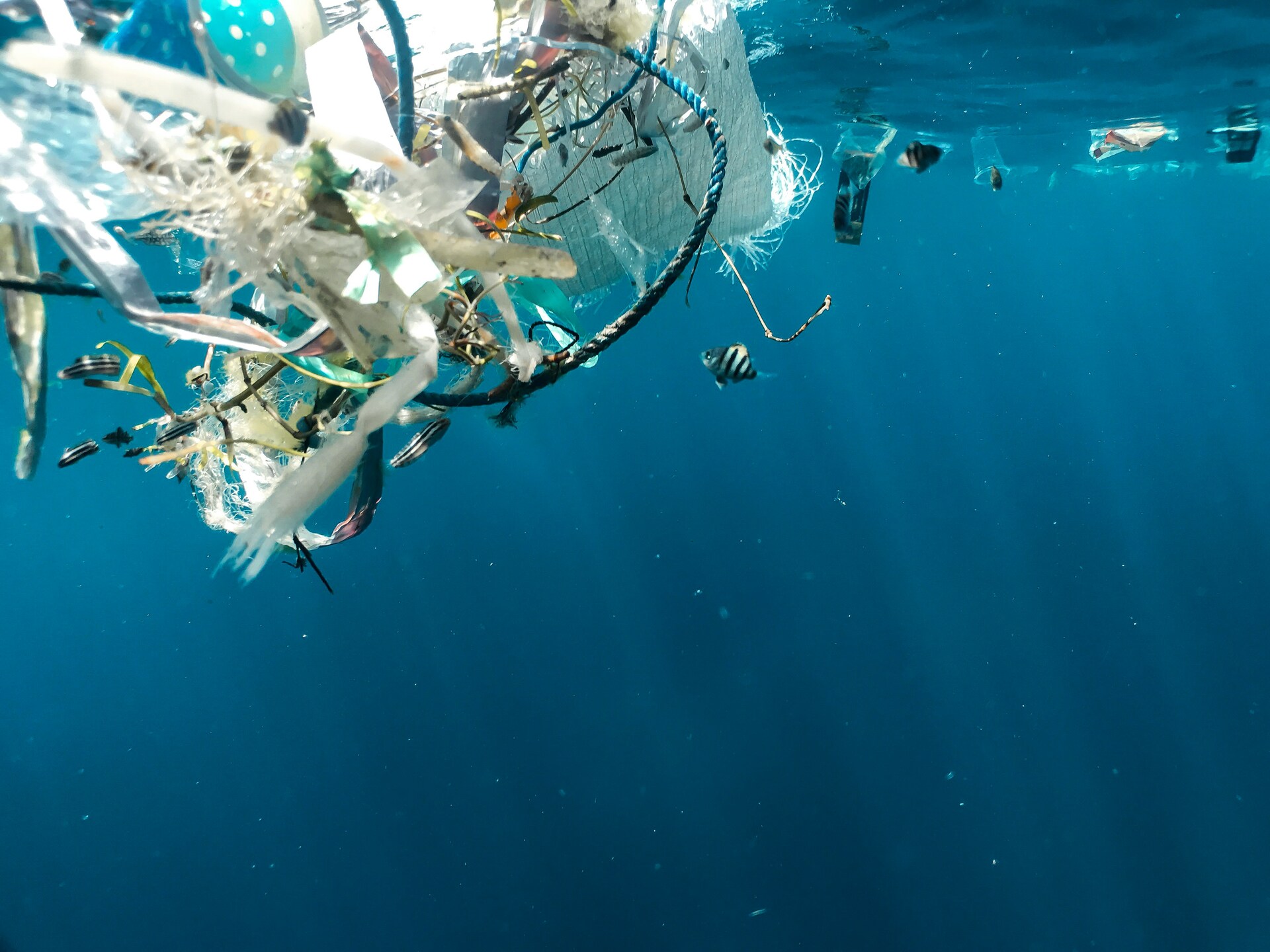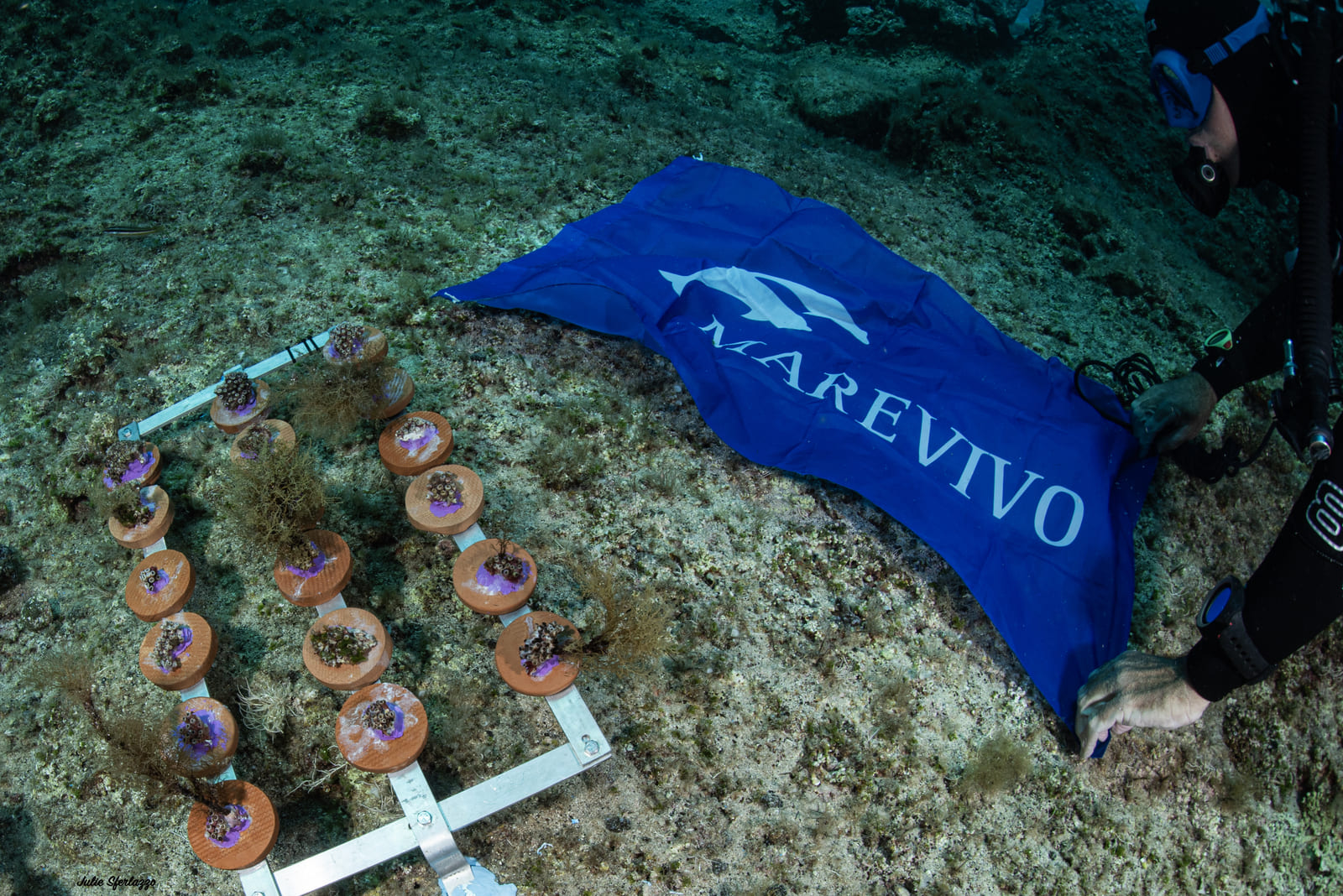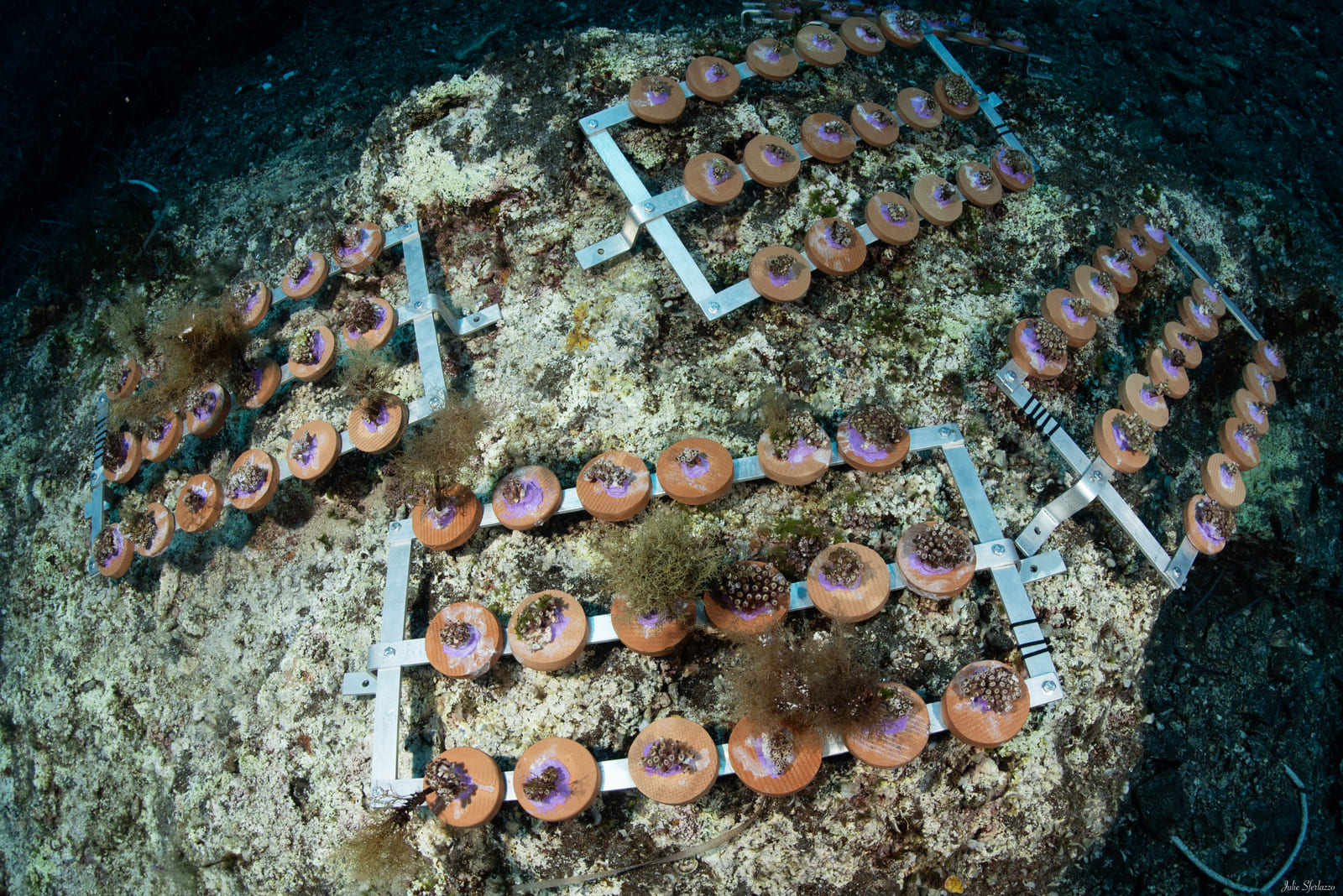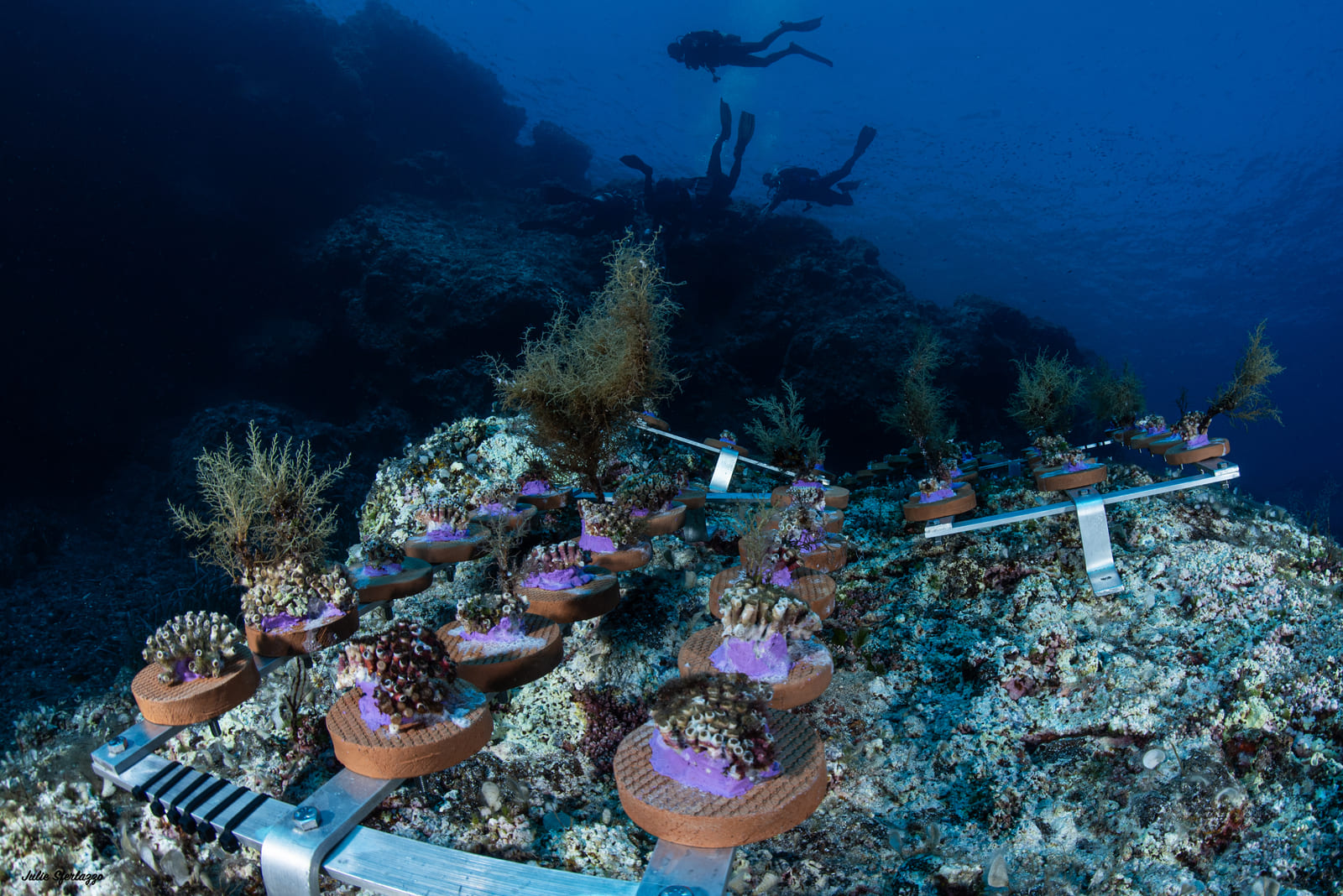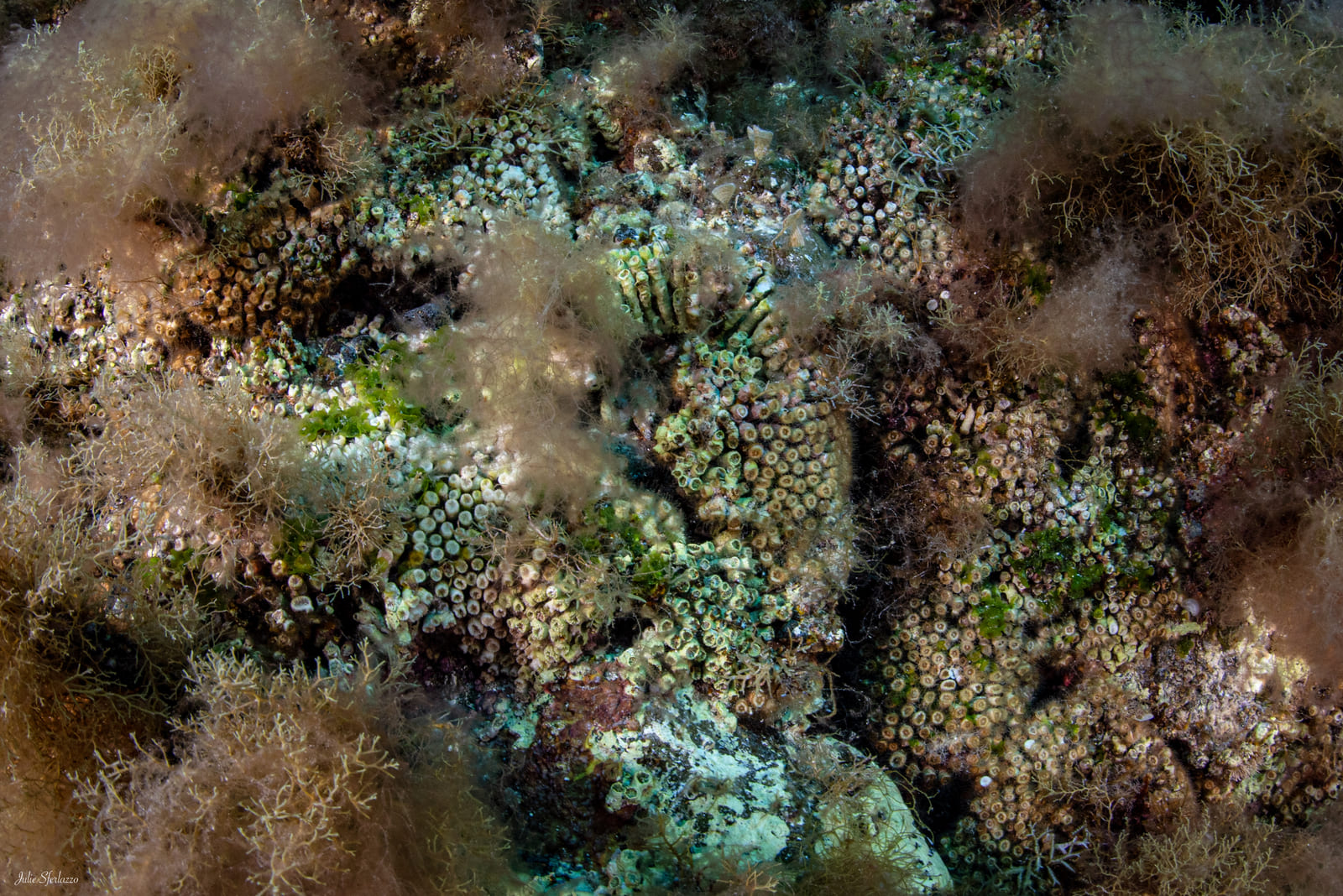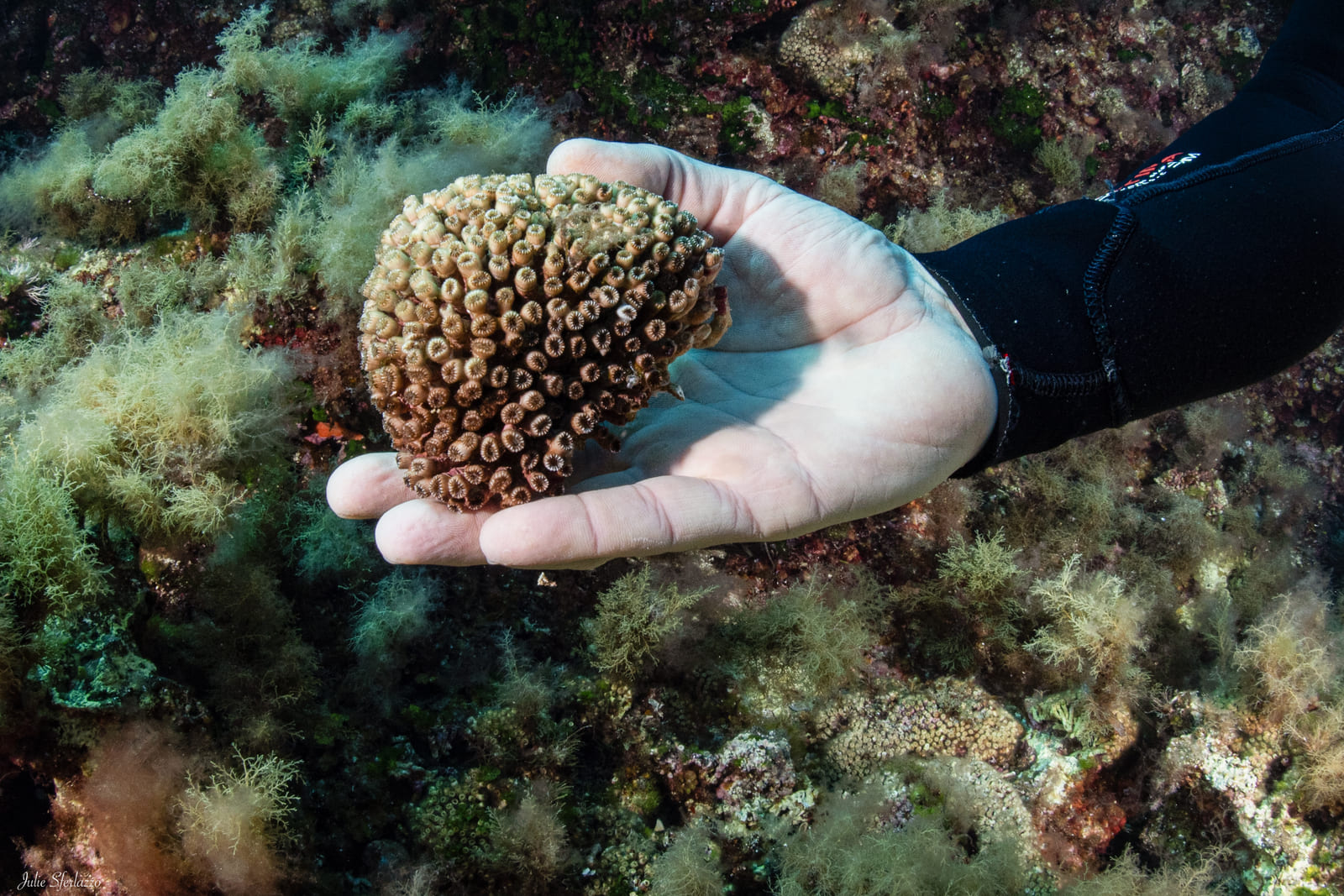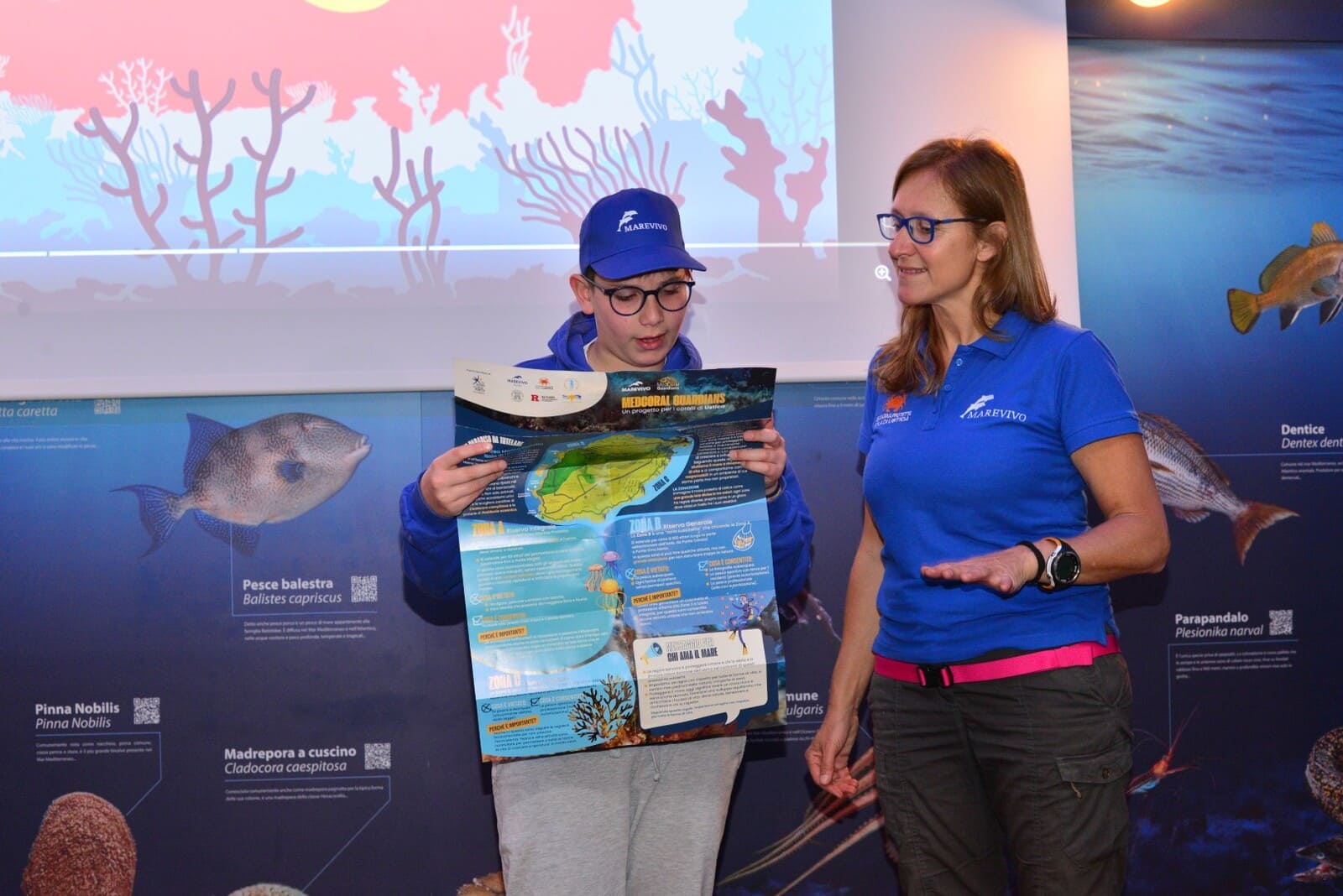
Historical partnership with Marevivo to ensure the protection and enhancement of the marine ecosystem
Grantee: Fondazione Ambientalista Marevivo ETS Location: Italy, Europe
Grant Cycle: 2007 – 2024
Type of Grant: historical partnership,
Environment & Biodiversity Protection
Website: marevivo.it
Environment & Biodiversity Protection
Marevivo is an environmental foundation that has been protecting the sea and its resources for over 35 years. It works in Italy and abroad to promote the conservation of biodiversity, sustainable development and the strengthening of marine protected areas, while combating pollution and illegal fishing. Marevivo also supports educational initiatives in schools and universities to raise awareness on environmental issues.
Marevivo faces in an increasingly complex context from the point of view of environmental emergencies related to the health of the sea, coast and rivers: among all pollution, the loss of biodiversity and climate change. Hundreds of millions tons of plastic are produced in the world every year and end up in the ocean, 90% of which are single-use items such as cutlery, glasses, cotton swabs and balloon sticks. Once at sea, the debris breaks down into millions of invisible microplastics that marine animals mistake for food, often with fatal consequences. The impact of human activity on biodiversity is also severe, with several species predicted to become extinct in the next few decades unless drastic solutions are found to halt climate change. In this context, advocacy and awareness campaigns are crucial to sensitize public opinion and have a tangible impact on the change needed to ensure a future for the planet and human life. In order to address the above issues, Marevivo will continue and intensify its efforts at national and international levels in the coming years to ensure the protection and enhancement of the marine ecosystem.
The Nando and Elsa Peretti Foundation (NaEPF), always deeply committed to environmental issues and wildlife conservation, has been supporting Marevivo’s activities since 2007.
The first project granted by the NaEPF was the Tevere Lab (2007-2008), an environmental education laboratory on the Tiber river in Rome, open to students and citizens to discover and observe the river in a new way. Through a variety of activities, the laboratory was able to raise awareness among its users on issues such as the protection of biodiversity, the correct use of water resources, and the identification of small everyday sustainable actions. The NaEPF grant was used to produce a series of outreach materials and to purchase scientific equipment, in addition to covering the costs associated with the creation of the floating laboratory structure.
From 2011 to 2016, the NaEPF has supported the project “Dolphins as Guardians of the Islands” with the aim of creating, through an educational program, a group of students who will become “guardians” of Ponza (Latium region) and Sant’Antioco (Sardinia region). Through thematic events and focused lessons, where the students are able to interact with experts on the island’s resources, the project aimed to promote a greater awareness and sense of responsibility for the territory. Among the results achieved, the organization created a synergy between the schools and the different environmental themes, with special attention to the subject of Italy’s biodiversity. The project received further funding in 2012, 2014, 2015 and in 2016.
Marevivo’s efforts also focused on the promotion of renewable energy to achieve the goal of reducing greenhouse gas emissions by 50% by 2030. In 2012, the NaEPF has supported the special project “Promoting an International Call for Competition on Renewable Energies in Italy’s Minor Islands” with the aim of generating ideas and proposals for the use of renewable energy sources in the specific context of Italy’s Minor Islands. The specific reference to the Minor Islands was a groundbreaking element within the energy production scenario, as it aimed to extend access to renewable energy sources to areas characterized by an extremely valuable landscape, often subject to protection and restrictive regulations. The Call was addressed to architects, engineers, industrial designers, professional practices and design firms to promote the proper integration of technologies related to energy production from renewable sources within the landscape and architectural context.
Over the years, the NaEPF has been continuously supporting Marevivo in its projects and campaigns on protection and enhancement of the marine ecosystem: from environmental education projects such as “Dolphins as Guardians of the Islands” and “NauticinBlu”; to the fight against pollution with “Mare Mostro” campaign; and conservation of biodiversity across advocacy actions and petitions on the main dedicated platforms. Through its actions at Italian and European parliamentary level and thanks to its institutional lobbying activity, Marevivo achieved many important goals such as the abolition of driftnets and the practice of finning, the adoption of a Posidonia oceanica legal protection, the institution of Marine Protected Areas, and the draft law “Salva-Mare”. The NaEPF will continue to support Marevivo in pursuit of the common objective of achieving a harmonious relationship between humans and nature.
Event
Marevivo lancia “medcoral guardians”: la prima campagna per la tutela di questi fondamentali organismi marini con il supporto della Nando and Elsa Peretti Foundation.
Palermo, 27 marzo 2025 - Resistenti a ben 5 estinzioni, i coralli sono tra gli organismi più antichi del Pianeta, ma oggi la loro sopravvivenza è in pericolo, minacciata dai cambiamenti climatici e dalle attività antropiche. Negli ultimi decenni, circa il 50% delle barriere coralline del mondo è stato distrutto o fortemente compromesso e lo stesso sta accadendo nel Mar Mediterraneo, culla di coralli preziosi poco conosciuti. La perdita di questi delicati organismi non si arresterà, se non verranno intraprese azioni urgenti ed efficaci per proteggerli. Allo scopo di garantire la loro conservazione Fondazione Marevivo ha lanciato “MedCoral Guardians”, un progetto di tutela dei coralli del Mediterraneo, che mira a diffondere una maggiore consapevolezza tra i cittadini attraverso attività di sensibilizzazione e ricerca rivolte anche a studenti e subacquei.
L’iniziativa parte da Ustica, in Sicilia, con il supporto della Nando and Elsa Peretti Foundation, in collaborazione con l’Area Marina Protetta di Ustica, Stazione Zoologica Anton Dohrn, Università Politecnica delle Marche e Rutgers University. Nelle acque della piccola isola siciliana è possibile ammirare la Cladocora caespitosa, un corallo tipico del Mare nostrum, chiamato “Madrepora a cuscino”, che rappresenta uno dei più importanti organismi costruttori del Mediterraneo e può formare scogliere coralline paragonabili per estensione e ricchezza di specie animali e vegetali a quelle tropicali.
I coralli sono essenziali per la biodiversità e per il buon funzionamento degli ecosistemi marini, offrono habitat e rifugio a molte specie ospitando circa il 25% della fauna marina e contribuiscono ad attenuare l’energia delle onde e a ridurre l’erosione delle coste. Sebbene possano sembrare piante o rocce, i coralli sono animali dal corpo molle (chiamati polipi), che si ancorano al fondale, si circondano di uno scheletro duro di carbonato di calcio e formano colonie composte da migliaia di individui.
“Diamo il via al nostro progetto dalle splendide acque di Ustica, la prima Area Marina Protetta istituita in Italia anche grazie a Marevivo, con azioni che combinano sensibilizzazione, ricerca e interventi di restauro attraverso tecniche innovative e non invasive – spiega Raffaella Giugni, Segretario Generale Marevivo. – Il progetto prevede la partecipazione attiva dei cittadini e include programmi educativi rivolti ai bambini delle scuole dell’isola e corsi di formazione destinati ai centri subacquei al fine di sensibilizzare anche i turisti. Saranno organizzati percorsi con pannelli sottomarini per osservare le colonie di Cladocora nei vari stati di conservazione e distribuiti materiali divulgativi sul progetto, sulla specie e sulle minacce che ne compromettono la sopravvivenza, perché possiamo proteggere solo ciò che conosciamo”.
“Le ondate di calore estivo possono provocare lo sbiancamento dei coralli e l’acidificazione degli oceani contribuisce a rallentare la loro crescita e capacità di recupero, perché hanno scheletri di carbonato di calcio. L’ancoraggio selvaggio causa la frantumazione di intere colonie contribuendo alla perdita di questi habitat, è per questo che siamo concentrati sul loro restauro ecologico”, sottolinea il Prof. Roberto Danovaro, docente di Biologia all’Università Politecnica delle Marche.
“MedCoral Guardians è un progetto che mira a preservare la Cladocora caespitosa, il più importante corallo bio-costruttore endemico del Mediterraneo, ma rappresenta anche un esempio di efficace collaborazione tra enti pubblici, organizzazioni no-profit, operatori locali e cittadini – fa sapere Davide Bruno, Direttore dell’Area Marina Protetta di Ustica. – La sinergia tra le istituzioni e le associazioni è fondamentale per il successo di iniziative come queste, perché solo coinvolgendo attivamente la comunità locale è possibile sviluppare strategie per monitorare e preservare tutte le specie che popolano la nostra Area Marina Protetta. La partecipazione dei cittadini è un elemento chiave: sensibilizzare la popolazione sull’importanza della conservazione è un passo fondamentale per creare una cultura di rispetto del nostro ambiente. Siamo convinti che, solo unendo le forze, possiamo fare la differenza e garantire un futuro migliore ai nostri mari”.
La Fondazione Nando ed Elsa Peretti affianca Marevivo nell’impegno per la tutela dell’ecosistema marino e nella sensibilizzazione delle nuove generazioni. Questo legame nasce dalla visione condivisa da Rosalba Giugni ed Elsa Peretti che, unite dalla passione per il Mediterraneo, avviarono nel 2007 un primo progetto per la protezione del mare. Gli oceani hanno rappresentato la principale fonte di ispirazione per Elsa, che sin da bambina raccoglieva conchiglie lungo la riva, la prima traccia di un legame intenso con il mare che avrebbe segnato la sua visione artistica e il suo impegno filantropico. “Ciò che ha fatto nascere in me un forte rispetto per l’oceano è stato immergermi nelle sue profondità – dichiarò Elsa Peretti nel 1990. – Questo miracolo fugace non ha mai smesso di stupirmi e ora rendo omaggio a quelle ore sotto le onde in alcune delle mie creazioni”. Il corallo, simbolo di equilibrio tra forza e fragilità, era il suo elemento naturale preferito, ma consapevole della sua vulnerabilità, Elsa decise di non utilizzarlo più dedicandosi alla sua tutela.
In un’ottica di citizen science “MedCoral Guardians” prevede il coinvolgimento dei subacquei, che parteciperanno al censimento e al monitoraggio delle colonie per contribuire attivamente alla conservazione di questo indispensabile corallo del Mar Mediterraneo.
©All rights reserved Marevivo Onlus
